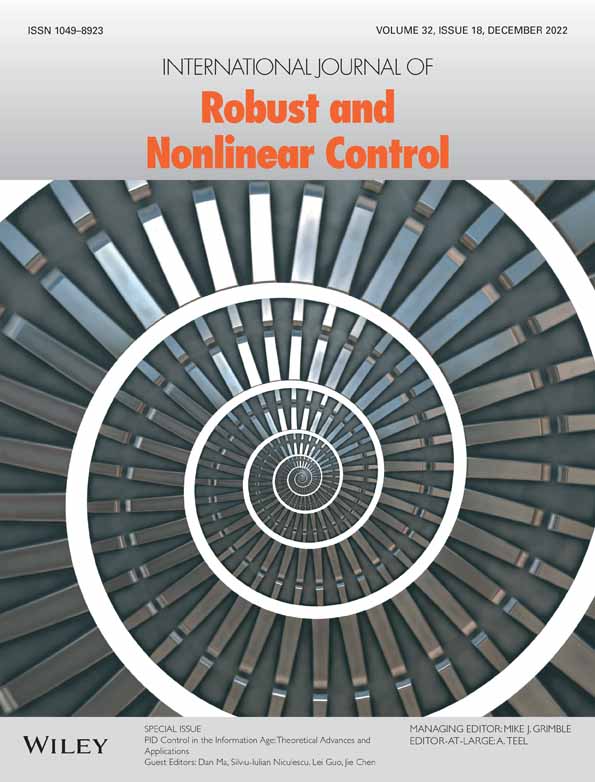A note on a performance recovery method for a class of nonaffine-in-control nonlinear systems with input saturation
Funding information: Fundamental Research Funds for the Central Universities, Science and Technology Planning Project of Guangzhou, Grant/Award Number: 202201011133; Scientific Instruments Development Program of NSFC, Grant/Award Number: 61527810; Talent Project of Guangdong Polytechnic Normal University, Grant/Award Number: 2021SDKYA028
Abstract
This article proposes a feasible method for a class of nonaffine-in-control nonlinear systems in the presence of input saturation to obtain performance recovery. In the previous work, the plant is required to be affine-in-control to derive the difference between the desired and saturated inputs. Considering the nonaffine structure, we first build a fast subsystem with respect to the nominal system, where no saturation is presented. Then, an intermediate subsystem is established to compensate the influence of input saturation by approximating the difference between the original and nominal systems. In the slow time-scale, a series of existing control methods can be combined to achieve the requested transient performance. The ability of performance recovery is proved rigorously by the singular perturbation theory. Numerical examples are illustrated to demonstrate the validity of the presented method.
CONFLICT OF INTEREST
The authors declare no potential conflict of interest.
Open Research
DATA AVAILABILITY STATEMENT
The data that support the findings of this study are available from the corresponding author upon reasonable request.




